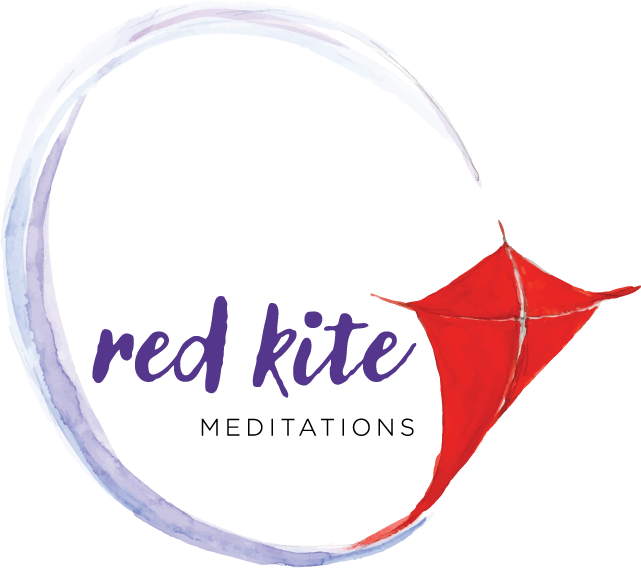A breathing practice to calm anxiety
An easy practice to harmonize your parasympathetic nervous system
I just finished reading the book Breath: The New Science of a Lost Art by James Nestor. As I was reading I realized, I’ve used just about every last tool out there to improve my symptoms of Lyme disease – except breathing. What’s up with that?
I went to yoga retreats in college, and took a bunch of pranayama and chanting classes. How’d I forget about this (free) amazing tool for harmony and wellbeing? Well, better late than never. My New Year’s resolution is to explore breathing as a healing tool.
Breathing can stimulate the parasympathetic nervous system
One of the most interesting things I learned from Nestor’s book is how easy it is to turn on our parasympathetic nervous system response simply by changing the rhythm of the breath. Just knowing this is incredibly empowering – anyone who suffers from anxiety or panic can use this tool.
The parasympathetic nervous system governs the state of being sometimes called “rest, digest and heal”. When we’re in the parasympathetic state, we’re calm and at ease. It’s where we’re at (hopefully) when we’re relaxing in the company of those we trust, soaking in a warm bath, or sleeping.
Historically, humans spent most of our time in the parasympathetic state. Unless we were running from a tiger, we were apparently chilling. Modern life, however, as is widely discussed, feels way more anxious. Most of us are spending way too much time in a state of chronic stress, or “fight or flight” (governed by the sympathetic nervous system).
This is doubly true for those of us healing Lyme disease or chronic illness. Not only is the healing process lonely, expensive, and uncharted, with no guarantees, but Lyme and many other chronic illnesses often directly affect brain chemistry, increasing symptoms of anxiety and panic.
We could all use a simple breathing practice that helps our nervous system reset to its parasympathetic state. We could all use a tool to calm and soothe ourselves in the face of the unknown. Here’s my current favorite.
A breathing practice to soothe anxiety
According to Nestor, and to thousands of years of Ayurvedic breathing practice, when your exhale is longer than your inhale, the parasympathetic nervous system comes on board. Heart rate slows, and relaxing neurotransmitters start to flow. (Is this why singing makes us feel so good?)
To try this out for yourself, get cozy, and start breathing deeply, through your nose if possible. When you’re in the groove, start to count the seconds as you breathe. However long it takes you to breathe in, see if you can breathe out a little longer. Eventually, you’ll find a rhythm that feels sustainable and relaxing.
Keep breathing and counting, with your exhale a bit longer than your inhale. Make sure your belly is expanding with your inhale, releasing with your exhale. Let your lungs move – not just the parts in your upper chest. Feel the backs of your lungs expanding and contracting, all the way down inside your lower rib cage, above your kidneys.
Nestor writes that no matter how extremely long your exhale, your oxygen levels will not drop. The body is apparently a master mechanic with regards to this – if there’s a bit less oxygen available, it just uses oxygen more efficiently. This said, be smart and stay within your comfort zone. The goal is to feel relaxed and peaceful.
The takeaway
I’ve been playing with the concept of stimulating the parasympathetic nervous system with longer exhales than inhales in all kinds of situations. At work, watching a murder mystery, hiking up a hill, in meditation, using my Ampcoil. The practice is especially well-suited to my Anxiety Relief meditation. No matter what, I find it relaxing. Often (and especially if I’m feeling anxious) I realize my breathing has been shallow and restricted, and it’s a pleasure to re-direct it to a less stressful rhythm.
There do exist breathwork practices to awaken the sympathetic nervous system, which some say can directly boost immunity. But stimulating the parasympathetic nervous system response is the place to start, especially if you’re working with anxiety or panic (Lyme disease-related or otherwise). Anything that soothes us improves our ability to heal on a cellular level, and makes life more fun as well.
Thank you for reading! Your breath flows like the tide,
Shona
References:
Nestor, James. Breath: The New Science of a Lost Art . Riverhead Books, New York, 2020.

